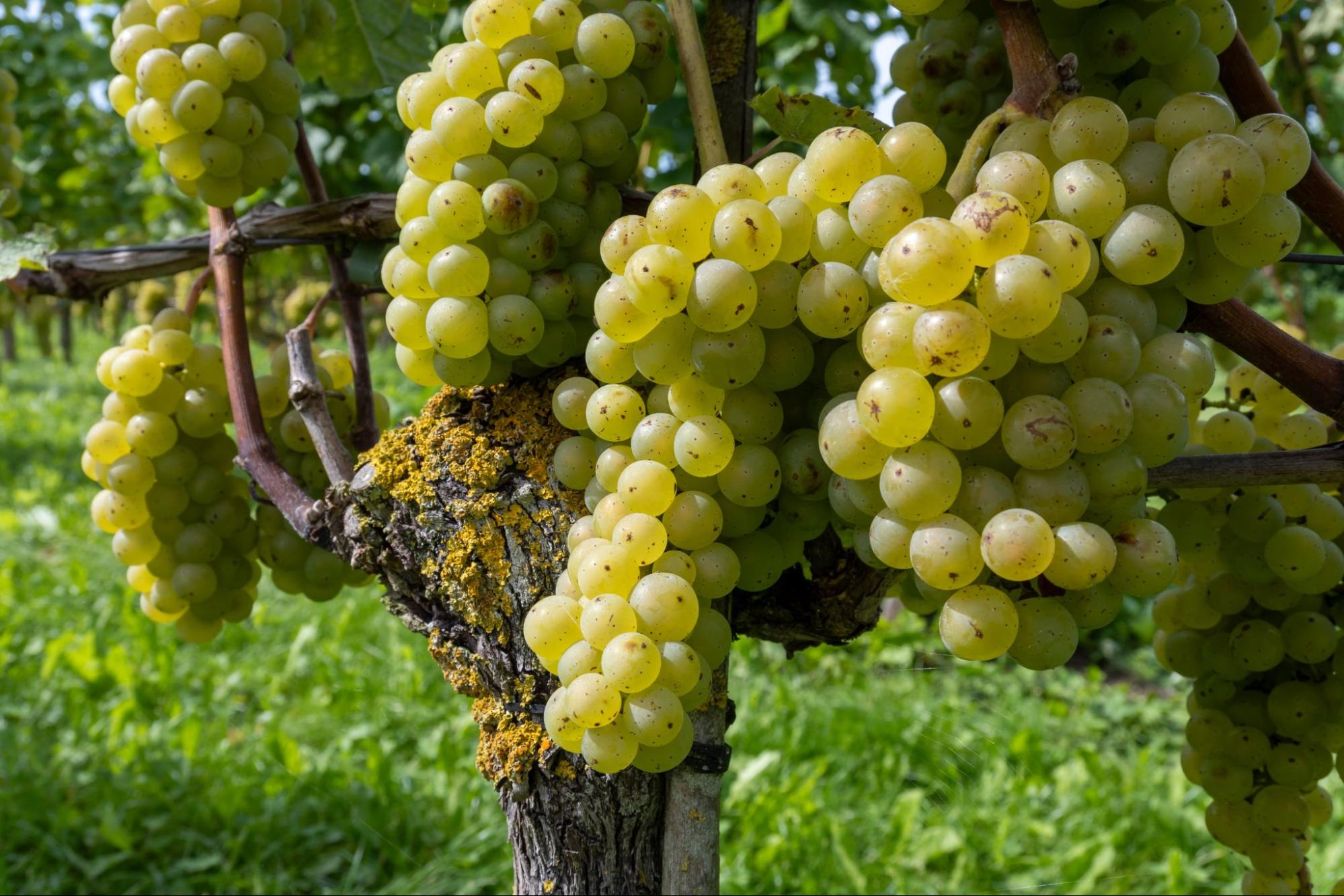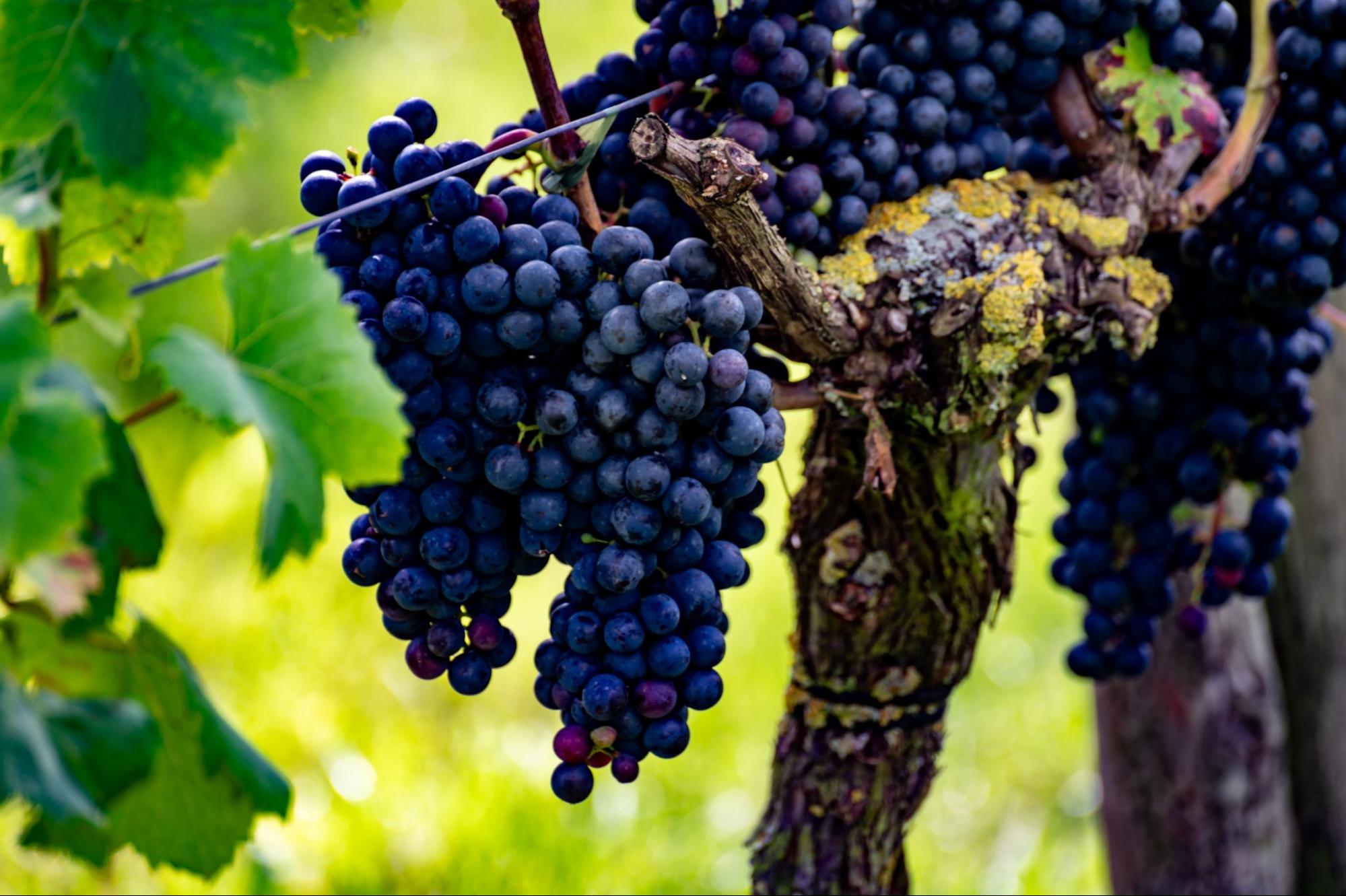- Wine Color/Type
- Top Occasions
- Unique Wines
- Surprise Me!
Embracing the Piwi Grapes
A Leap Toward Sustainability and New Flavors
As we traverse the ever-evolving world of wines, there’s a new player in town, and it's creating quite the buzz: the Piwi grape. If you're a wine aficionado, you might ask, “Why the fuss?” Let’s break it down.
Wine making in the Netherlands, ripe white and rose wine grape Cabernet Blanc ready for harvest on Dutch vineyards in Betuwe, Gelderland (Photo: barmalini/stock.adobe.com)
What are Piwi Grapes?
Piwi grapes, or disease-resistant varieties, represent a new era of sustainable winemaking. Unlike traditional grape varieties, which require significant pesticide and fungicide interventions, Piwi grapes stand resilient. With names like Solaris, Johanniter, Souvignier Gris, Cabernet Blanc, and Pinotin, they’re slowly carving a niche in the wine market.
A New Palette of Taste
Yes, they’re sustainable, but can they tickle your palate? The answer is a resounding yes. Let’s take the Cabernet Blanc as an example. While it reminds one of the fruity elegance of Sauvignon Blanc, it offers a distinct flavor, edging towards the grassy and herbal. Its low alcohol content, light body, and high acidity make it a refreshing choice.
Then there’s Pinotin. At first glance, the name might make you reminisce about the cherished Pinot Noir. And while it does share the light body of a Pinot Noir, its flavor is a unique medley: think of a marriage between the dark fruits of Pinot Noir and the boldness of Cabernet Sauvignon.
It's exciting to see that Piwis are now planted in several emerging wine regions. In Germany, near Berlin, a new protected geographical identification (PGI) has been permitted for the winery Wobar. New vineyards have been established in the Netherlands, Poland, UK, as well as in Sweden and other Nordic countries. However, the majority of these wines are primarily sold in the local market.
Look at the size! Big juicy grapes of Pinotin. (Photo:barmalini/stock.adobe.com)
The Sustainability Factor
The global challenge of sustainability looms large, and the wine industry isn't exempt. In places like Germany, a startling 80% of all pesticides used go into viticulture, despite vineyards occupying a small fraction of agricultural land. This is where Piwi grapes shine. Their inherent disease resistance means less intervention, less chemical use, and consequently, a reduced environmental footprint.
These grapes are robust towards naturally occuring fungal diseases in the vineyard. Their thicker skins reduce the need for pesticides. They require fewer biological agents and maintenance activities, leading to decreased soil compaction and lesser greenhouse gas emissions from vineyard machinery.
Additionally, the production of fewer fungicides means conservation of resources that would typically be directed towards their manufacture. In essence, the environmental benefits of Piwi grapes aren’t limited to the vineyards but resonate through the entire production chain.
Relevance in Today’s Market
Why should you, as a wine lover, care about Piwi? It’s more than just a new flavor on the block. The realities of climate change, coupled with rising production costs and labor shortages, make Piwi grapes more than just relevant—they could very well be the future.
While still in their infancy in the global market, their potential is undeniable. In the U.S, for example, Piwi grapes have already made their mark, not just in winemaking but also in jam production in regions like New York State.
Moreover, wines like Lambrusco, showcasing high acidity, pronounced tannins, and a delicate cherry profile, owe their character to Piwi grapes. When paired with sustainable winemaking practices and eco-friendly packaging, Piwi wines can contribute significantly to combating climate change.
A Piece of the Puzzle
Is the Piwi grape the sole solution to the environmental challenges facing the wine industry? Probably not. However, it represents a significant step forward. As we highlighted earlier, the most considerable environmental impact comes from the glass bottle, which can account for up to 45.6% of the total wine carbon footprint, while pesticide management is responsible for less than 20% 1.
Every time you sip a Piwi wine, remember, you're not just savoring a new flavor—you're also endorsing a sustainable future. Ideally, this wine would be packaged in lightweight glass or alternative packaging. It's a vital piece, albeit a small one, in the puzzle of addressing climate change.
Peter Douglas
Latest articles


